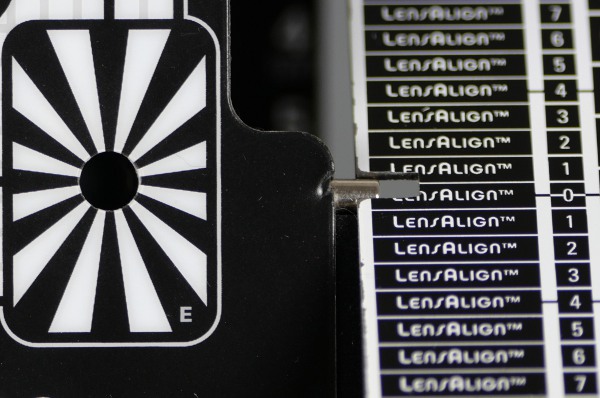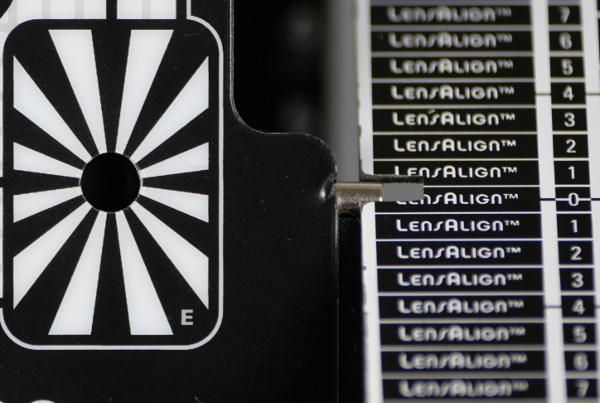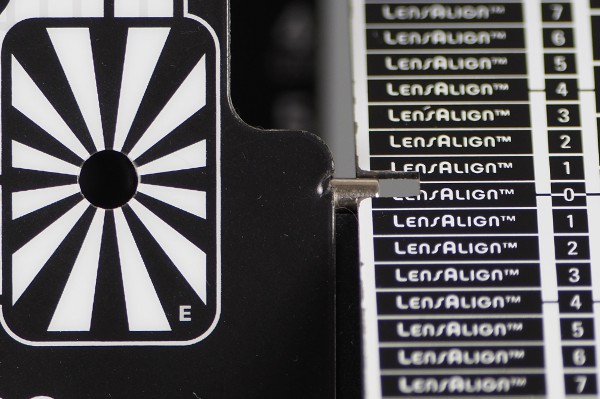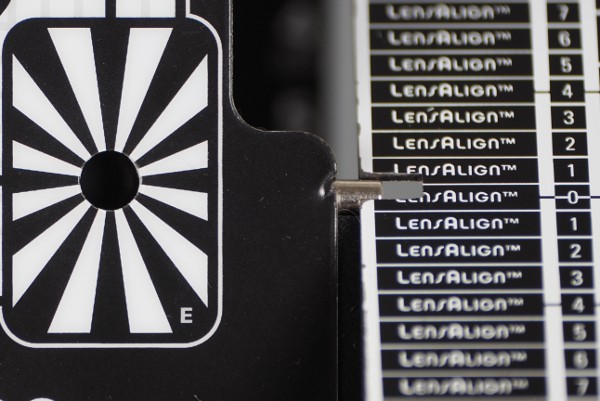Panasonic Leica DG Vario-Elmarit 50-200 mm f/2.8-4 ASPH.
10. Autofocus
When you attach the Panaleica 50-200 mm to the Olympus E-M5 Mark II the performance of the autofocus unit doesn’t change a lot. The speed is very similar although the autofocus play happens a tad less often, usually when you set the focus from short distances to infinity. Then the mechanism can go in the wrong direction and return to the proper position only after a while.
Please Support UsIf you enjoy our reviews and articles, and you want us to continue our work please, support our website by donating through PayPal. The funds are going to be used for paying our editorial team, renting servers, and equipping our testing studio; only that way we will be able to continue providing you interesting content for free. |
- - - - - - - - - - - - - - - - - - - - - - - - - - - - - - - - - - - - - - - - - - - - - - - -
In the case of studio shots, outdoor sample shots and during our week-long trip to Farroe Islands we didn’t have any reservations concerning the autofocus. We had some difficulties when the day was cloudy and I tried to photograph something not properly contrasted with the small autofocus point. In such a situation the mechanism got lost and played a bit but it happened once every ten-dozen shots. I admit it is a certain inconvenience but that fact is able to lower our autofocus assessment only a bit.
I think it’s also worth mentioning that Panasonic could have added a focus limiter in such an instrument as the tested lens. It is able to focus already from 0.75 of a meter and a limiter decreasing that to a range, say, from 2-3 meters to infinity would make the already good autofocus performance even better. There would be also less chances of misses and focus play.
The lens didn’t show any distinct front or back focus tendencies, no matter what camera it was attached to or what focal length we employed.
| Panasonic DMC GX9, 100 mm, f/3.6 |
 |
| Panasonic DMC GX9, 200 mm, f/4.0 |
 |
| Olympus E-M5 II, 100 mm, f/3.6 |
 |
| Olympus E-M5 II, 200 mm, f/4.0 |
 |






